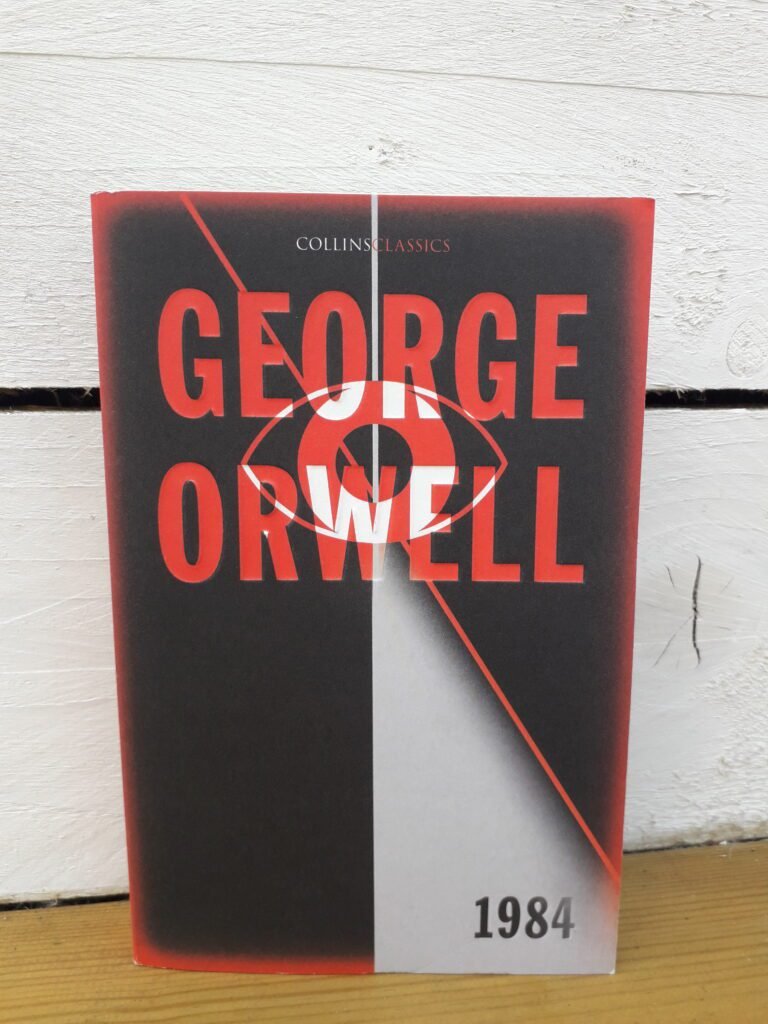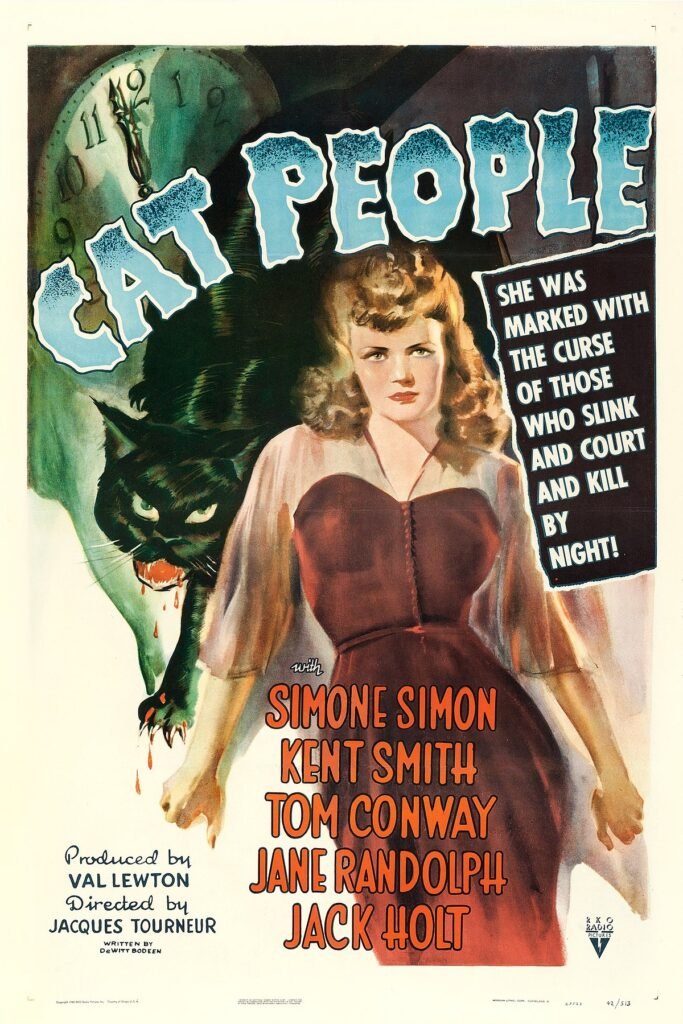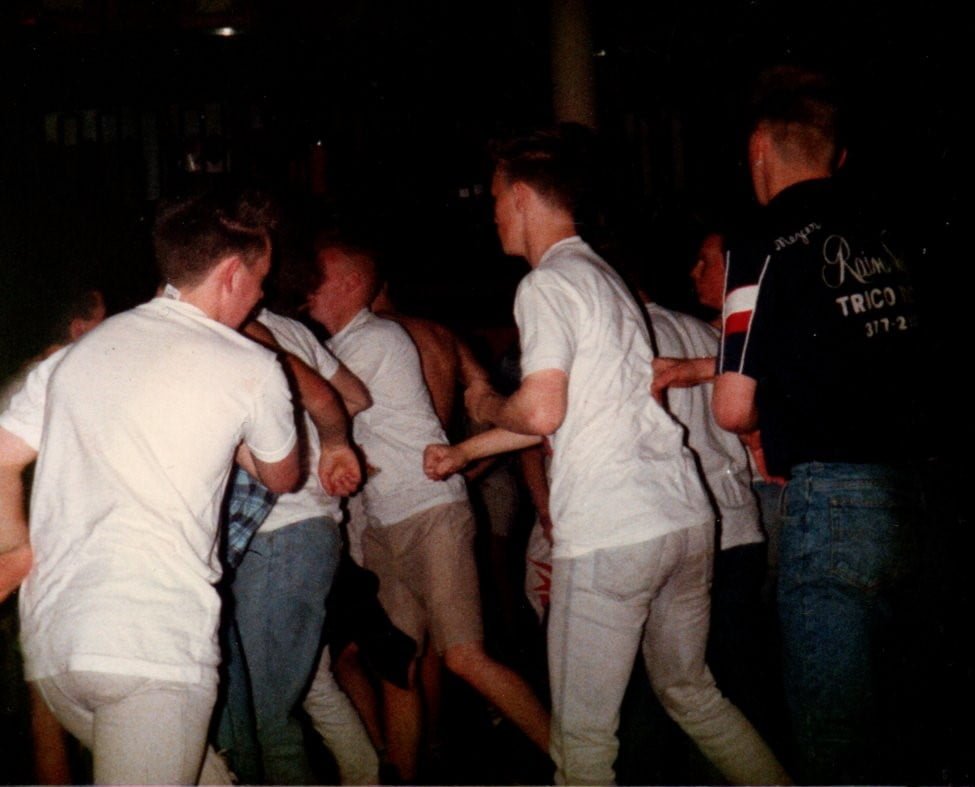The world entered the 1940s at war. This sadly culminated in the first and only nuclear bomb explosions, in Hiroshima and Nagasaki in 1945. In Post-War UK, the welfare state and NHS were created and rationing continued until the 1950s. The art world saw the striking images of Surrealism make way for Abstract Expressionism.
The term ‘teenager’ was only coined in 1944, so it will be into the next decade before teenage rebellion really gets going.
Books

1984 (1949) by George Orwell – ‘Big Brother’ is watching. Possibly the most famous dystopian novel, the Yin to Brave New World’s Yang
The Heart is a Lonely Hunter (1940) by Carson McCullers – misfits in a small town in the American deep South
Native Son (1940) by Richard Wright – Not for the faint-hearted, this novel made Richard Wright the first bestselling black writer in America
The Plague (1947) by Albert Camus – considered an Existentialist classic and thought to be an allegory of the French resistance to Nazi occupation
The Lottery (1948) by Shirley Jackson – not just any short story, but one of the most iconic ever written
Music

Sister Rosetta Tharpe – hailed as the Godmother of Rock ‘n’ Roll
Dinah Washington – self-proclaimed ‘Queen of the Blues’
Charlie Parker – jazz virtuoso and pioneer of bebop
Edith Piaf – iconic French chanteuse
The 1940s also saw the emergence of doo-wop bands such as The Orioles and The Ink Spots
Film

Cat People (1942) – iconic low-budget horror film by Val Lewton
I Walked with a Zombie (1943) – Another Val Lewton masterpiece. Zombie Horror meets Jane Eyre
Detour (1945) – classic film noir that oozes style
The Maltese Falcon (1941) – Humphrey Bogart as the private eye Sam Spade
Gaslight (1946) – creepy film noir offering that gave us the term ‘gaslighting’
